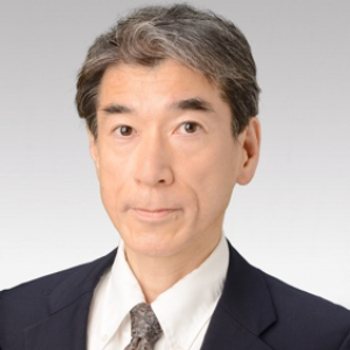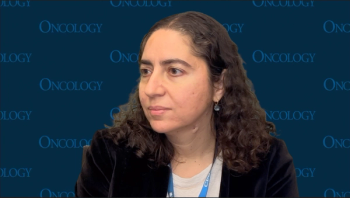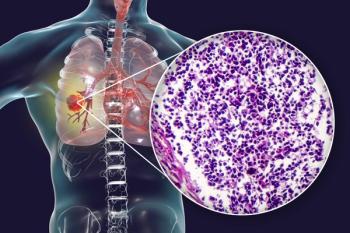
Oncology NEWS International
- Oncology NEWS International Vol 4 No 6
- Volume 4
- Issue 6
Epirubicin Effective But Toxicity Is Increased
LOS ANGELES--In a Canadian study of women with node-positive adenocarcinoma of the breast, a chemotherapy regimen (CEF) including epidoxorubicin (Epirubicin), an anthracycline available in Canada and Europe, produced better results than standard CMF (cyclophosphamide, methotrexate, and fluorouracil), Dr. Mark Levine reported at the ASCO annual meeting.
LOS ANGELES--In a Canadian study of women with node-positive adenocarcinomaof the breast, a chemotherapy regimen (CEF) including epidoxorubicin(Epirubicin), an anthracycline available in Canada and Europe,produced better results than standard CMF (cyclophosphamide, methotrexate,and fluorouracil), Dr. Mark Levine reported at the ASCO annualmeeting.
The beneficial effects of CEF (improved relapse-free survivaland a lower risk of recurrence) came at a cost of more acute toxicityand worse quality of life during the first month of treatment.
Dr. Levine said that dose escalation of doxorubicin (Adriamycin)is limited by the potential for cardiotoxicity. Since Epirubicinhas comparable antitumor activity but is less cardiotoxic, itwas included in the experimental regimen with an eye toward increasingthe dose intensity of the anthracycline component.
Speaking on behalf of the National Cancer Institute of CanadaClinical Trials Group, Dr. Levine reported that the 716 pre- orperimenopausal women in the trial were randomized to receive CMFor CEF after mastectomy or lump-ectomy and axillary dissection.Both regimens were given monthly for 6 months.
CEF consisted of cyclophosphamide, 75 mg/m² orally on days1 through 14; epidoxorubicin, 60 mg/m² IV on days 1 and 8;and fluorouracil, 500 mg/m² IV on days 1 and 8. These patientsalso received clotrimoxazole prophylaxis.
Better Relapse-Free Survival
Significantly more patients treated with CEF than CMF were aliveand relapse free at 3 years (about 70% vs 60%), Dr. Levine said.At a median follow-up of 33 months, breast cancer had recurredin 35% of the CMF group, compared with 27% of the CEF group. Coxanalysis showed that the risk of recurrence was 27% lower in CEFthan in CMF patients.
On the negative side, CEF was associated with higher rates ofacute toxicity than CMF and worse quality of life initially. Mosttroubling, acute leukemia was diagnosed in four CEF recipients,but Dr. Levine believes that this risk is outweighed by the netbenefit in terms of reduced risk of breast cancer recurrence.
Articles in this issue
over 30 years ago
IDEC-C2B8 Antibody Is in Phase III Testing for B-Cell Lymphomaover 30 years ago
Dr. Peters Named Head of the Michigan Cancer Foundationover 30 years ago
Broad-Spectrum Sunscreens Block UVA and UVBover 30 years ago
Trials of AccuSite Injectable Gel From Matrix Begin in Basal Cell Caover 30 years ago
Outpatient ABMT at Duke Leads to Savingsover 30 years ago
Algorithm Optimizes Value of CA125 II Screening for Ovarian Caover 30 years ago
Better Ovarian Cancer Outcome With IP Cisplatinover 30 years ago
Aggressive 16-Week Multidrug Regimen Improves Breast Cancer SurvivalNewsletter
Stay up to date on recent advances in the multidisciplinary approach to cancer.




















































































